“If the first thing you plan to ask a farmer who has allowed you – a total stranger from a faraway city – how much debt he or she’s under, the interview will end before it begins.”
These were the first words of caution shared with us in a scantily furnished four-storey building of the school teachers’ union in Sikar, Rajasthan. The next morning we were to speed off to a village some thirty kilometres away and begin a survey of households to understand their life and livelihoods. A team of Ph.D. students (and me, a total rookie), we were told by our experienced guide, Professor Vikas Rawal of the Jawaharlal Nehru University, that there was a reason why our survey questionnaire (or schedule) had questions related to indebtedness at the fag-end. “You have to build rapport, and it helps to ask more mundane questions like names of family members before jumping to questions that fawn suspicions about the surveyor’s motives,” he instructed us.
Today is the last day of 2023. Many things have happened, and many things have also remained the same. But the one remarkable way in which the year stood out for me was my first engagement with the village – its people, motivations, and what despairs them. I’ve been to villages before, but more with a journalistic intent or because of Kisan Sabha work, or simply because I was passing through the landscape. Not particularly to observe and analyse agrarian life. For that I simply lacked the training and experience, and I am awfully thankful to the many people who taught me the art of conducting systematic surveys this year. This year-end blog post is a small personal ode to these friends and comrades. First time’s the charm!
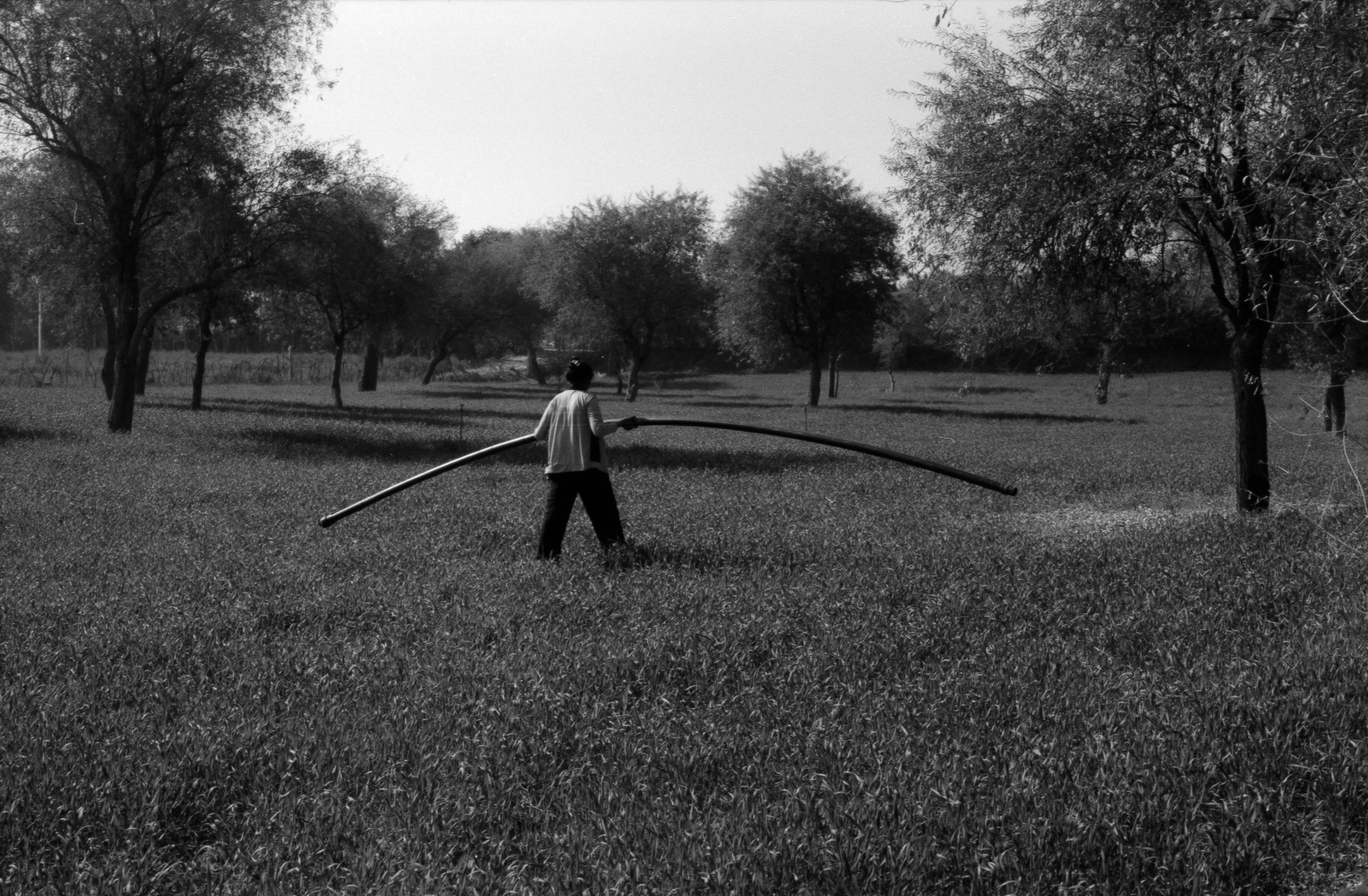
Figure 1: A teenager carries a PVC pipe that will connect the irrigation nozzles with an electric pump.
On January 1, I took a Rajasthan roadways bus to Sikar in haste; the survey had already began two-days before and I needed to reach the base-camp as early as I could. But my urgency to leave Delhi was also because I was emotionally in shambles (yes, some way of starting the year!). You know how when one is anxious staying put in one place feels like a death-wish? So I had to move like my life depended on inertia. The bus ride was remarkably beautiful once we were off the Delhi-Jaipur highway and rolled along the mustard fields towards Sikar district. This inner state highway was a rough one with the tarmac breaking off abruptly to unshapely craters and the bus took on a habit of jumping – so much so that when we regained to a patch of metalled roads I was sick with anticipation of the next bump on the road. As Sikar drew closer and evening fell, the bus was packed with people. I wondered – why the hell are so many people outside their homes on the first day of the new year? At that moment the bus pulled its brakes and chucked me out onto the main road that cuts through Sikar city and I quickly postponed my ruminations for another day. I took an auto-rickshaw who overcharged me but before the day ended, I was among a new set of people – all doctoral students at JNU’s economics department. They had already returned from the field that day and were preparing for the next day. Ambika was running commands on a clumsy tank printer for printing the next day’s survey questionnaires. Pushpa, Byasa, Rashmi, Mritunjay, and Dishi were packing the stationary that consisted of a notepad and one pen, pencil, sharpener, and eraser each in to a transparent folder. I was surprised to see the pencil make a comeback. But surveys are a serious business and writing with pen imposes the kind of certainty that neither the respondent nor the enumerator possess. So better to write with something that is more forgiving.
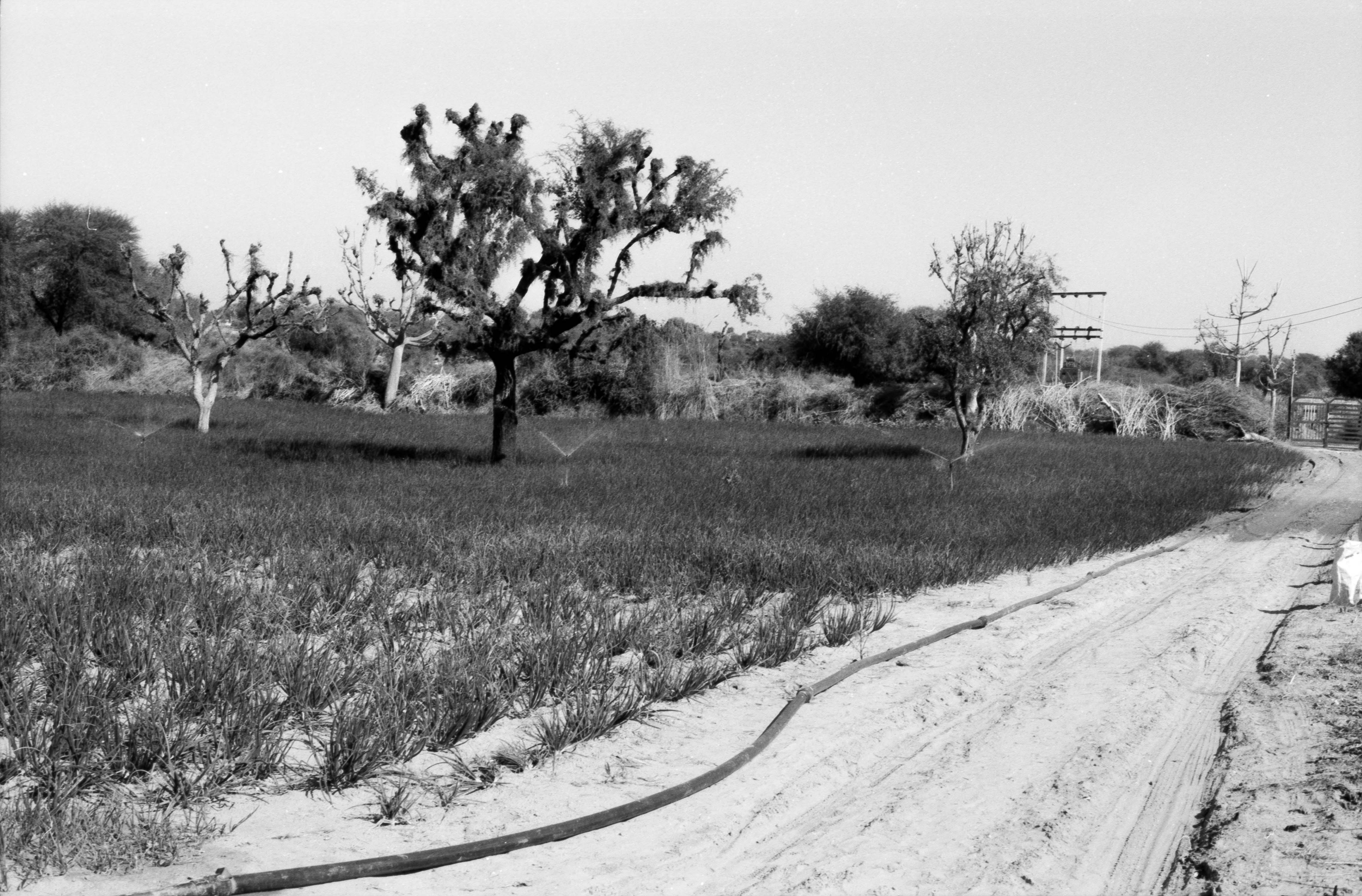
Figure 2: Sandy path leads to a Jat household.
Just when the day could break we were woken up and I, being the newcomer, saw how determined my teammates were to get ready despite temperatures touching subzero the previous night. In no time we were out, waiting for our taxi and devouring the locally famous poha which in all frankness had lost its original taste. Here in Rajasthan (and surprisingly in Madhya Pradesh too where I went next), something wicked happens to this simple breakfast meal with the sprinkling of bhujia, pomegrenate, and copious amounts of chilli. Struck by the spices and sweetness so early in the day, it certainly woke us up everyday for the coming week. In any case, there was not much choice as this was the only certain meal till dinner. There is a simple reason why agricultural surveys begin really early in the day. Farmers, sharecroppers (farmers who lease other farmers’ land for cultivation) and agricultural workers (landless workers who cultivate farmers’ fields for a wage) often leave for their fields by 9 or 10 am or even earlier during peak harvesting season. So the aim is to enter the farms by 7 am and become the first set of persons to bother the villagers that particular day. We were heading to Rewasi, about 30 kilometres from the Sikar town, and while there was time for the mustard, wheat, onion, green chili and fenugreek (methi) crop to mature for harvest, since the village was spatially spread out we thought it was a good idea to reach as early as possible.
On the way, Vikas shared the history of the Shekhawati region, of which Rewasi was a part. Till the early twentieth century, local fiefs (jagirdars) belonging to different clans of the Rajput caste owned large swathes of land here and sent tributes to the treasury of the Jaipur princely state. However, there was a upsurge from the tillers who came from various castes but prominently comprised of the Jats, and the years between 1922 and 1938 saw a consolidated and organised opposition to excesses typical of a feudal regime – high taxes, unpaid labour services, and penalty on using pasture-land for grazing cattle. There was mobilisation along lines of caste, seen in the formation of the All India Jat Mahasabha, but also along class-lines as seen with the parallel emergence of the Shekhawati Kisan Sabha (affiliated to the All India Kisan Sabha). So when the land reforms came in the opening years of India’s independence from the colonial yolk, there was a strong groundswell to carry them through in the Shekhawati region and particularly in Sikar. At this time, the car swerved left from the Sikar-Salasar highway and we had to slow down as the roads began to resemble village roads – that is, left entirely to the community for upkeep. Vikas continued that the Rajpur jagirdars lost most of their lands (without compensation too) and the tenant peasants, mainly Jats, who had faced the worst forms of social oppression at their hands, acquired ownership or khatedari. The social structure now stood on its head and Jats (and Brahmins to a smaller extent) became dominant, socially and economically as history marched forward. The road narrowed and as the waving mustard crop brushed against the vehicle with the story of the village’s past came to a close, I knew we had reached. It was time to work.
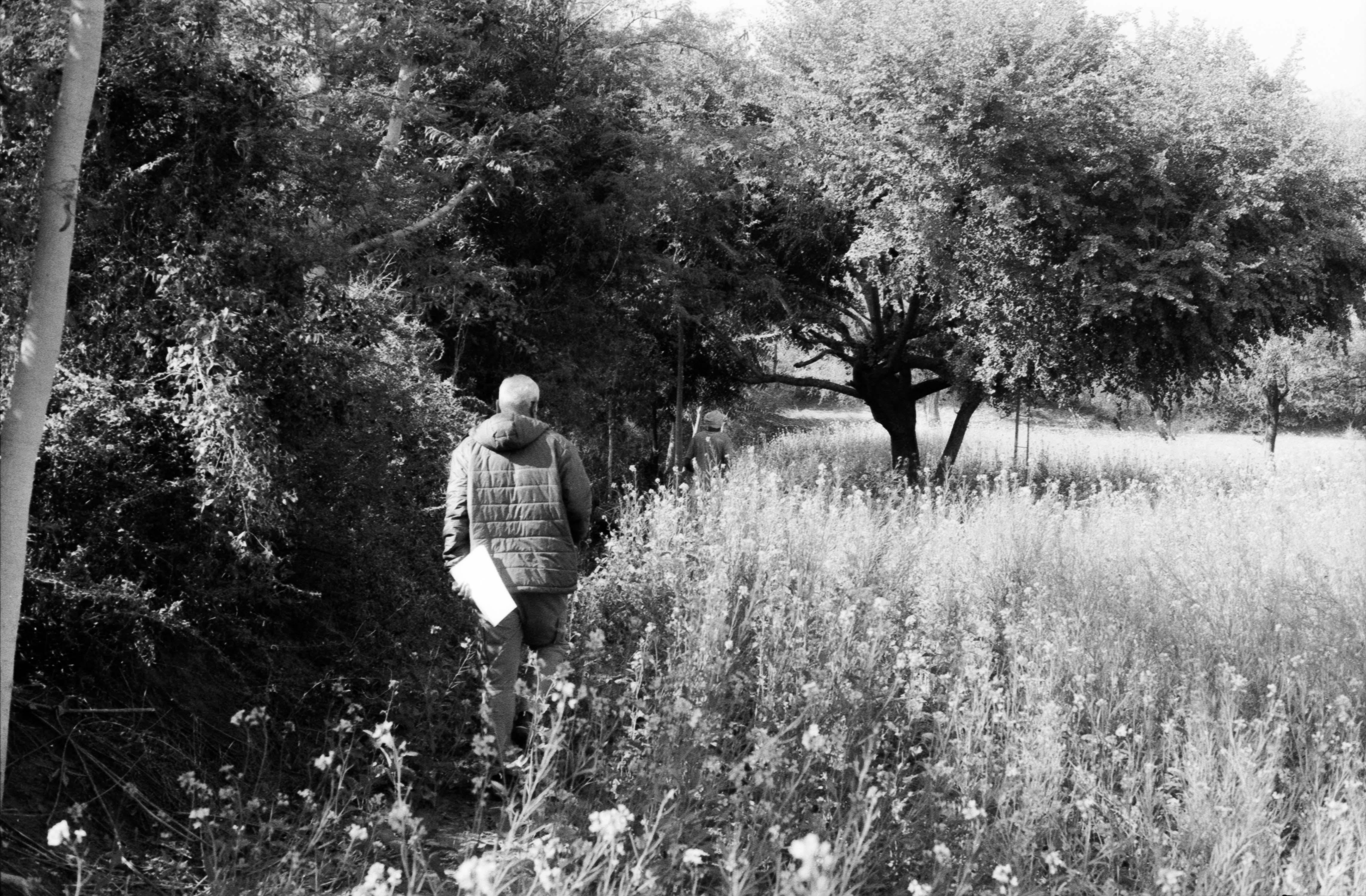
Figure 3: Vikas Rawal crosses a mustard field to interview a Jat peasant busy collecting firewood.
Rewasi is an artificial oasis in a largely arid state. Some 40 per cent of lands here were irrigated by tubewells and despite recurring Monsoon failures, agriculture here has kept on abreast. When we place this fact with the history of jagirdari abolition and subsequent award of ownership rights to a large population of the village, it is evident that the village continues to accord high economic importance to agriculture. So much so that the farmers have left their ancestral homes in the village abadi and built houses on their farms for better supervision of the fields. So Rewasi (and other villages in the region) present an interesting sight: the village itself looks deserted except around the fair price ration shops and the village chaupal, with its usual coterie of hanger-ons and expert card players. On the other hand, we see families that have had their lands partitioned (but are still contiguous) living in clusters of homesteads called dhani. So the village was made of several Rajputon ki dhani, Jaton ki dhani, Meena ki dhani, and so on. The first household I visited was a Meena dhani. The Meenas belong to the Scheduled Tribe (ST) category. With no experience, I quietly volunteered to take notes on the notepad and left the hard skilled labour to my teammates, Ambika and Pushpa, who were very kind in helping me out.
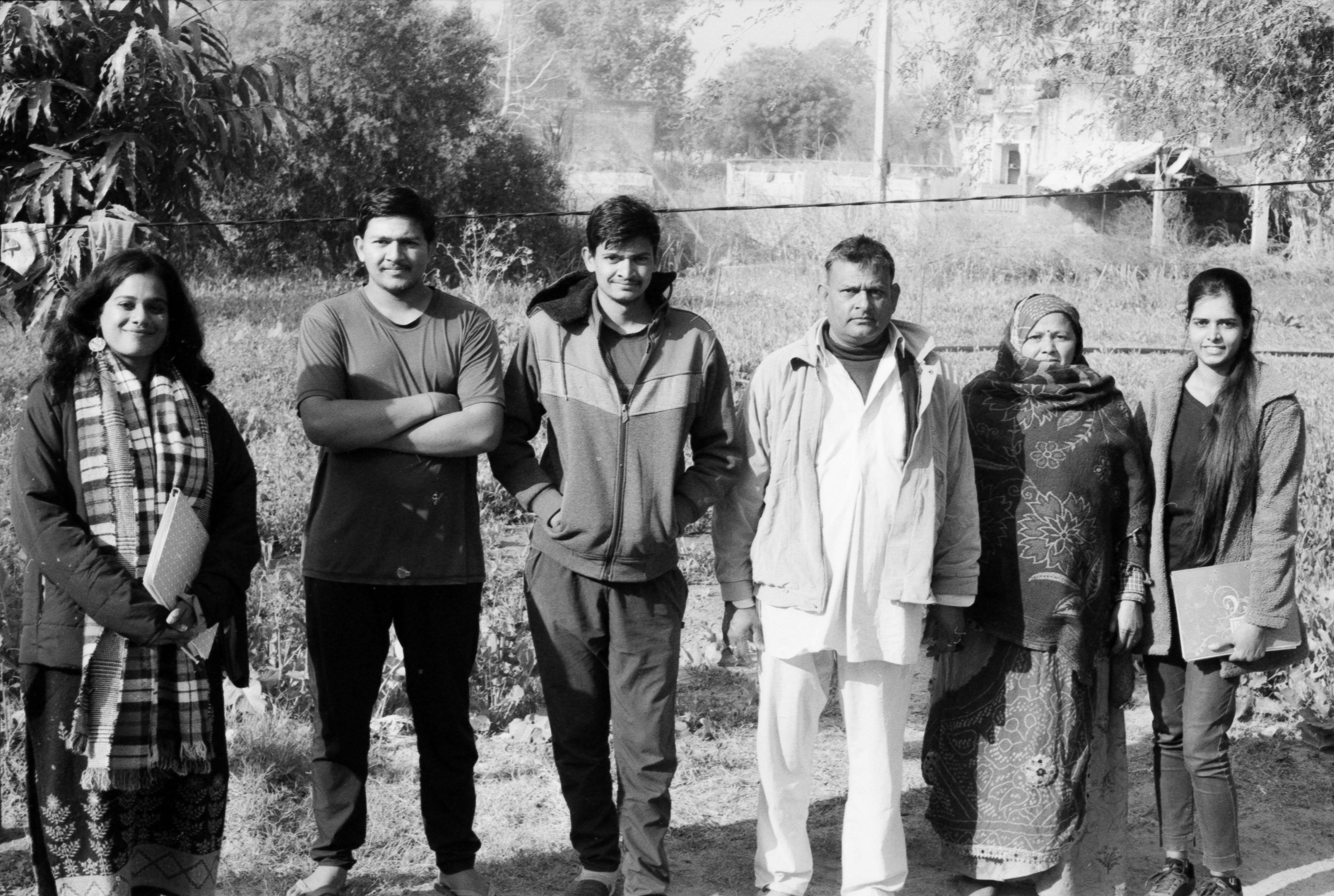
Figure 4: Ambika (left extreme) and Pushpa (right extreme) with the interviewed Meena family.
The questionnaire we call ’schedule’ was a challenging task to read from start to finish and a herculean one to fill. At least, my rookie-self felt so then when I saw how long and tiring the interview was with the first household. I will transgress here just to give a sense of the breadth of questions asked. First of course are the basic identification details: names, age, marital status, education levels and occupation status of each individual of a household. Then some preliminary details on land ownership and its current market value, how it is irrigated, whether any land is being leased-in or out. Next are details of occupation of each household member and the number of months they remain engaged in it. At this juncture, the respondent knows they are in for a long ride and the young city dwellers were not kidding when they said they needed 2 hours of their time. We then proceed with what is unarguably the most dense part of the interview – agriculture – and the schedule rains down questions on what crops the farmer sows (for both Kharif (monsoon) and Rabi (winter) cycle), variety of seed used, how many bighas it has been planted in, total output of main product and residue/by-products, if it sold then details about quantity, prices, where marketed, and costs of transporting the grain. Then the whole gamut of questions is asked again for each crop harvested the previous year, and finally, with this knowledge of the variety of crops planted by the farmer in near memory, we begin pushing his limits of patience. For each crop, the quantities of chemical fertilisers (like DAP or Urea) and plant protection chemicals (weedicides) used are noted. If they remember, the schedule even asks details on how many litres of diesel were guzzled by the farm machinery.
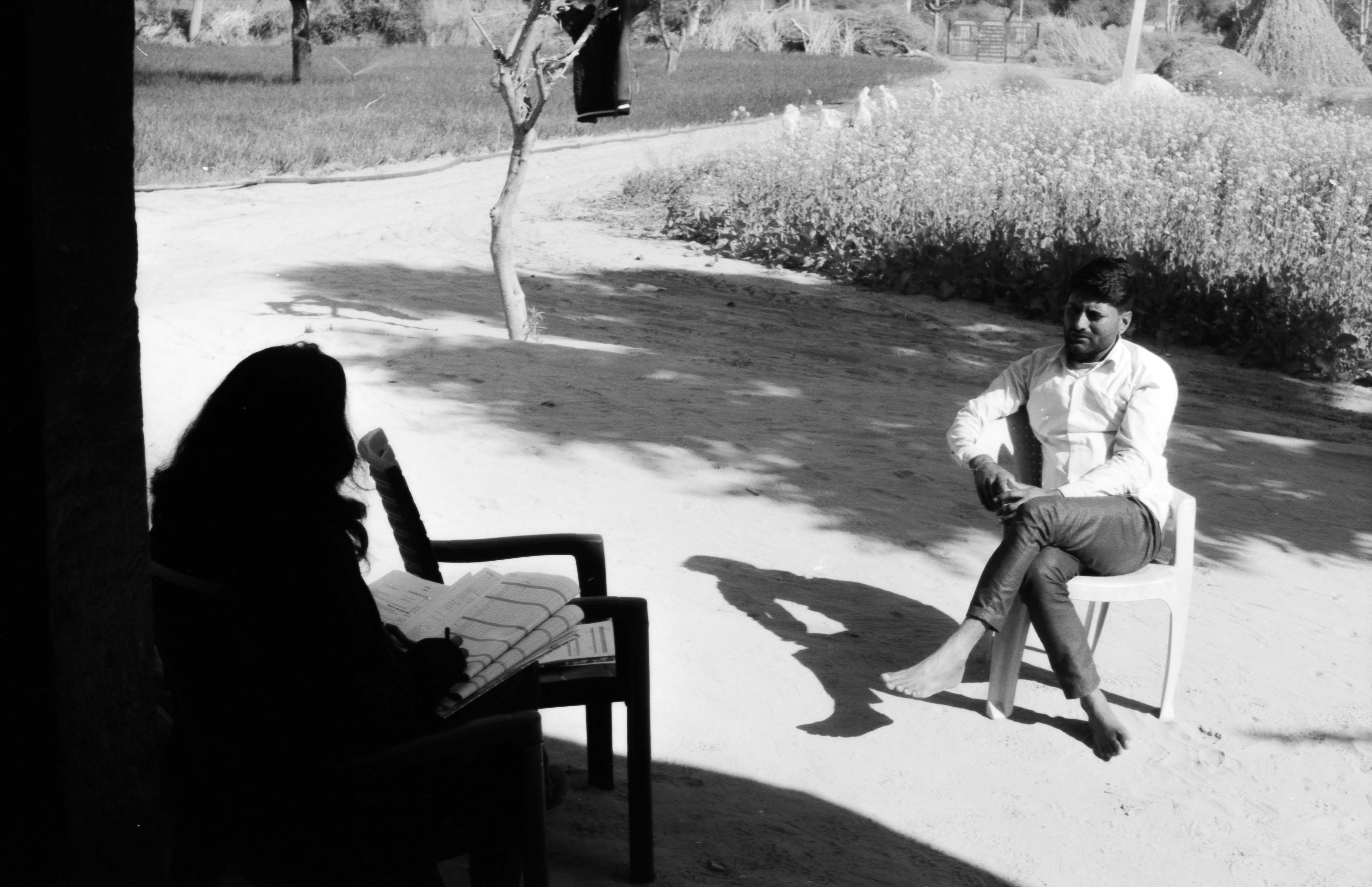
Figure 5: Filling the dreaded ‘labour use’ section of the schedule for a Jat household.
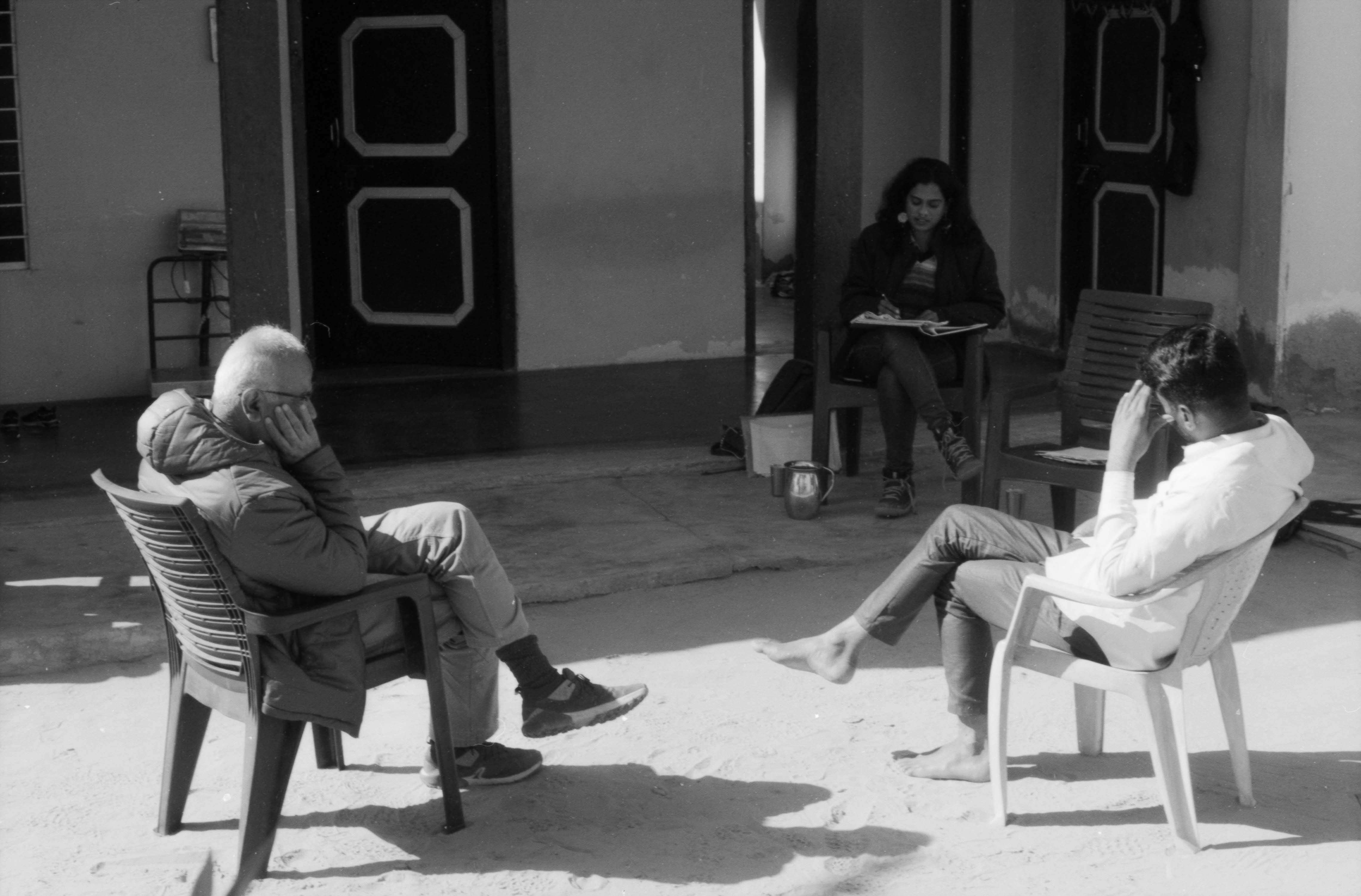
Figure 6: The survey takes its sweet time and teaches the art of patient listening.
But we are not done yet. Turning the page, the questionnaire reveals a table with 15 columns and 35 rows, something that can make even the hardened statistician break a sweat. This, the dreaded ‘labour use’ section of the survey, demands the enumerator to jot down details of how much and for how long family or wage or exchange labour (men, women and children) was used in each agricultural operation for a particular crop. In the case of wheat cultivation, the entire cycle starts with weeding, flattening and ploughing the field a number of times, followed by the first application of fertiliser during which the sowing of seeds is also done. Then, being a winter crop, the fields have to be irrigated through a pump or canal water every 15 days, along with the occasional spraying of plant protection chemicals. Once again fertiliser is dropped to augment productivity. This happens over four months and finally the crop is ready to be harvested. But even harvesting has several sub-operations like cutting, making bundles, loading into tractor-trolley, and unloading at the threshing machine. Now, for each of these operations, the enumerator asks the farmer: “How many men from your family worked on ploughing the field? How many women? Did the little ones help you too? Did you hire labourers? At what wage? How many hours did they work in a day and how many days did they work on ploughing? Was any machinery used?” … and so on. The pencil is sharpened and goes blunt a number of times filling just this page.
The schedule subsequently takes in a good amount of details on livestock and dairy, functioning of public schemes like the Mahatma Gandhi National Rural Employment Guarantee Scheme (MGNREGS), PM-KISAN, Pradhan Mantri Fasal Bima Yojana (PMFBY), widow pensions, ration distribution through the National Food Security Act (NFSA), cooking gas connection through PM-Ujjwala scheme and aid in construction of toilets. There is also a section on indebtedness in the family, state of food security of the household, and assets owned by the family. The attention to detail demanded by the schedule is firmly sealed by the fact that it even asks the respondent to mention the number of irrigation pipes in the house!
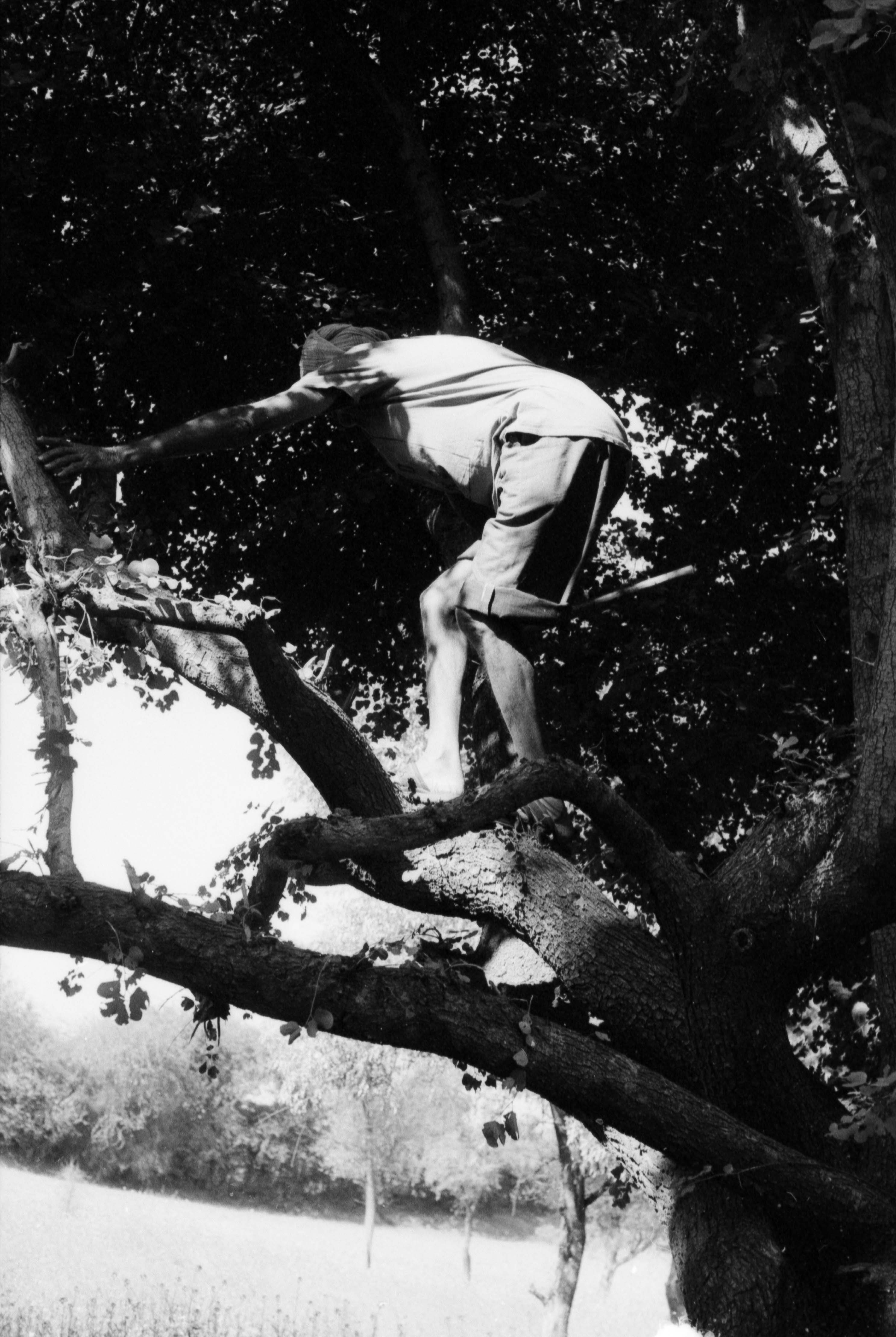
Figure 7: Our respondent who was kind enough to answer our questions collecting firewood, atop a tree!
It was a common sight in Rewasi in those days to see our team quietly follow the respondent (the head of the household in most cases) from the homestead, where the survey started, to the farm where the rest of the interview would conclude. Indeed, agriculture is a labour intensive profession which requires daily supervision of the field. The peasant family often does not have the time the uninitiated may think they have. But it is to their large heartedness that they did not ask us to leave or abruptly end the survey. The above photo puts the matter squarely. The only time they would ask us to pause would be to feed us lunch (bajra roti, dal and a big steel glass of butter milk) which in the warmth of the winter sun was a blessing like no other. My heart was broken when I left Delhi but it felt mended in the company of Rewasi’s habitants.
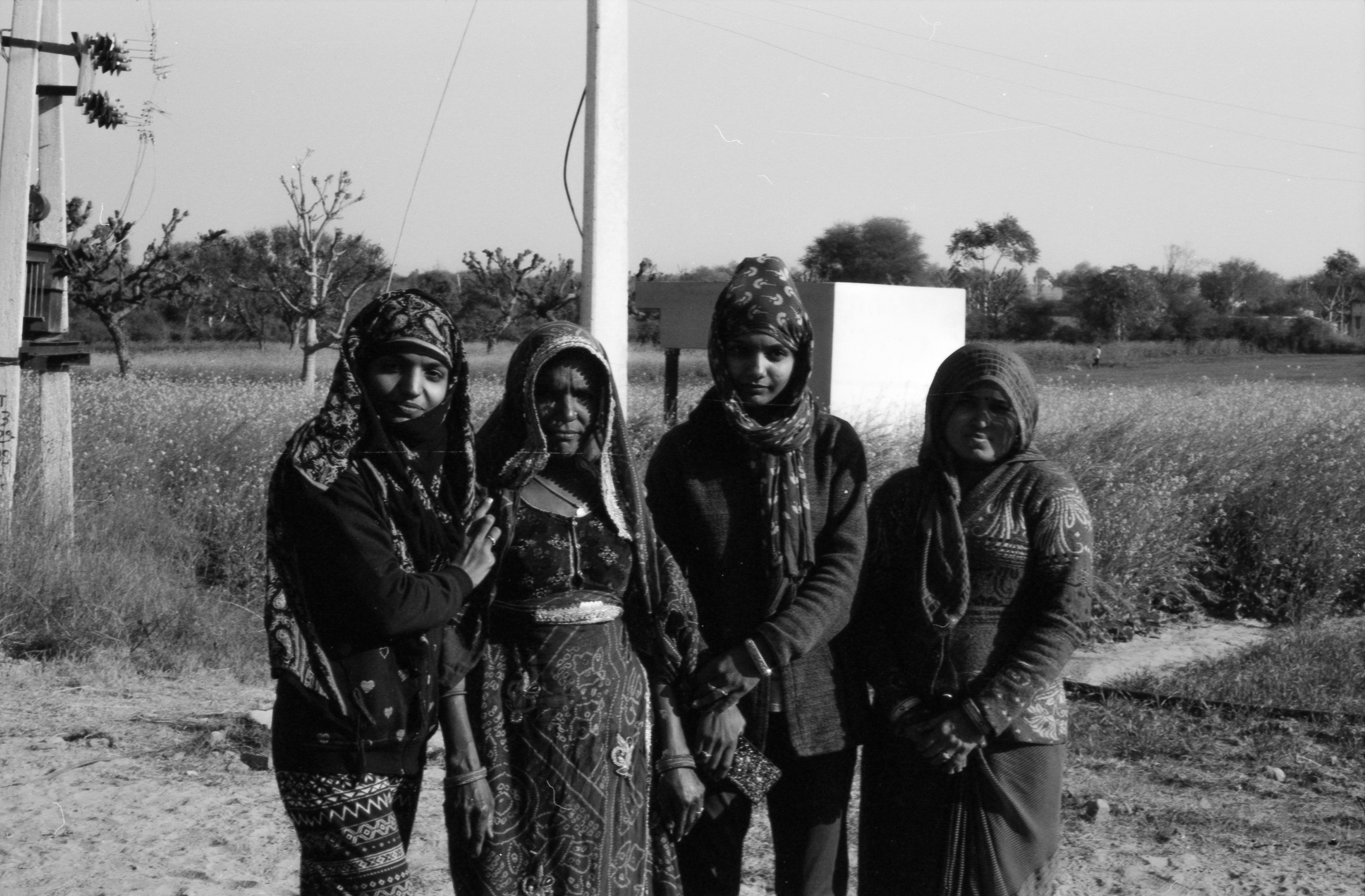
Figure 8: A matriarchal Meghwal household. Our main respondent was second from left.
Two to three hours of interview meant that not just the head of the household but other members of the family too would get involved. In one Meghwal household (belonging to the SC category), the affairs of the house were largely run by the women as the husband had passed away. Since the widow spoke in a heavy local dialect, her two college going daughters helped us with the translations. Here too, we were offered lunch and even asked to stay till evening when mutton would be cooked. We politely declined and they too understood that we had to drive back to Sikar town in the evening. An interesting thing transpired when the interview (and our lunch) was over. The head of the household asked us, with some hesitation and after beating around the bush, where we came from. Which, of course, in Indian parlance is asking for one’s caste. We too, in our own reluctant mannerisms shared ‘where we were from’. Almost immediately, she smiled and said that caste doesn’t matter, deeds do. And then, laughingly she asked both me and Ambika if we were looking for a spouse? The daughters chuckled. Before we could ponder on it, she made an offer which was frankly difficult to refuse. “I have a boy and a girl who have a government job in my family. You marry them and stay with us in this house. See, everyday you will wake up to fresh milk, you spend your day walking the fields under the bright blue sky herding the goats, you come home to a nice meal and sleep. This you do for the rest of your life.” I still think about what we passed when I choke in the apocalyptic dust of Delhi every January.
This Meghwal family had one of the largest landholdings in the village. An elder in this household was once in the army and was decorated in a war. The army responded and awarded him with 60 acres of land, a part of which the family continues to cultivate while the rest is used for grazing. The daughters, as I already mentioned, were doing their degrees in Sikar town, and the son-in-laws also held stable jobs. Land matters in rural India, today, as it did half a century ago.
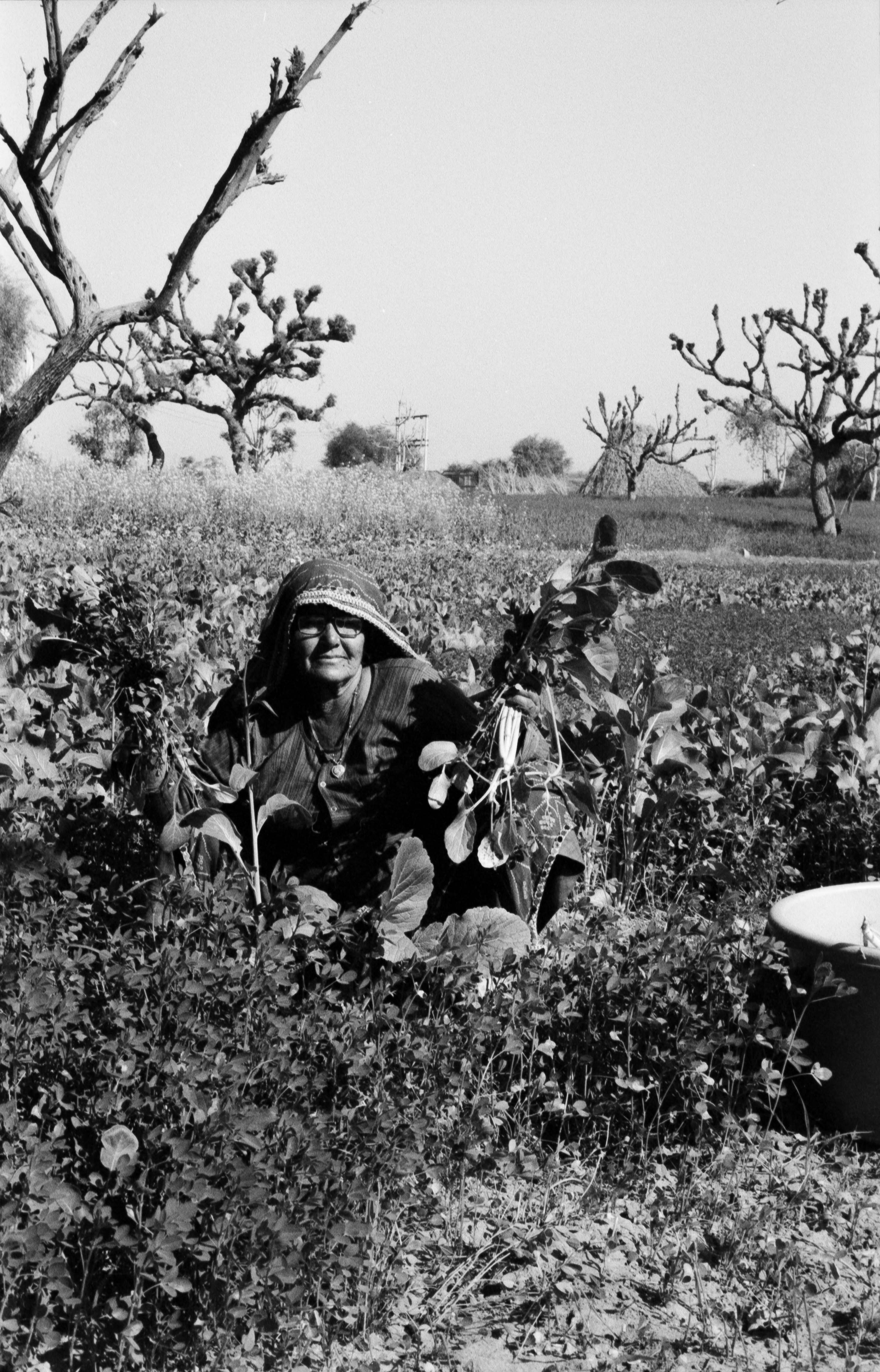
Figure 9: An elderly peasant woman shows her white radish crop to me.
When I was on the way to Sikar from Delhi, my biggest apprehension was how would I converse with the villagers, who I expected would have a heavy dialect on their tongues. Indeed, the first day in the village I spoke very less, hesitant and nervous that I would not be understood. Urban Hindi, and especially how its spoken in Delhi – mixed with copious amounts of Punjabi – eats more syllables than adds to the ‘normal’ word existing in the script (for instance, “tu kya kar raha hai” becomes “kya karra hai” when one crosses the Punjabi Bagh flyover in West Delhi). This interaction would could mean disaster for the interview, which demanded precise details. But anticipating such errors is more a product of tingling nerves and lack of previous experience. I was fixed of the former predicament when I saw Ambika, a born-and-brought-up in Kerala Malayali have full fledged conversations with our respondents (and frankly, with anyone in the village curious to know what we were up to). And no, this was not because she had a solid hold on the dialect spoken in the Shekhawati region. Rather, it was pure confidence that one could convey what they wanted to, and also understand what was being said back. Smiles, gestures and expressions go a long way in communication, I learnt just by observing Ambika in action. Once, we lost our way between one dhani and another, spread out as they are in Rewasi. The sun was high and for a moment we passed time by taking pictures by the waving mustard fields; but we had to move. I spotted an elderly woman with a grandchild on her hip looking at us and before I could blink my eyes Ambika was already conversant with her. They must have talked for 10 minutes about everything under the sun and I knew Ambika was not making head-or-tails of much of it. Pushpa, who was with us and is a local from Rajasthan was smiling. When we finally walked away, I said to myself, “if she can talk in a Hindi dialect and it isn’t even her first language, then I can certainly utter a few words in the interview.” The next day onwards, I would volunteer to ask the questions in the survey and slowly build up my vocabulary.
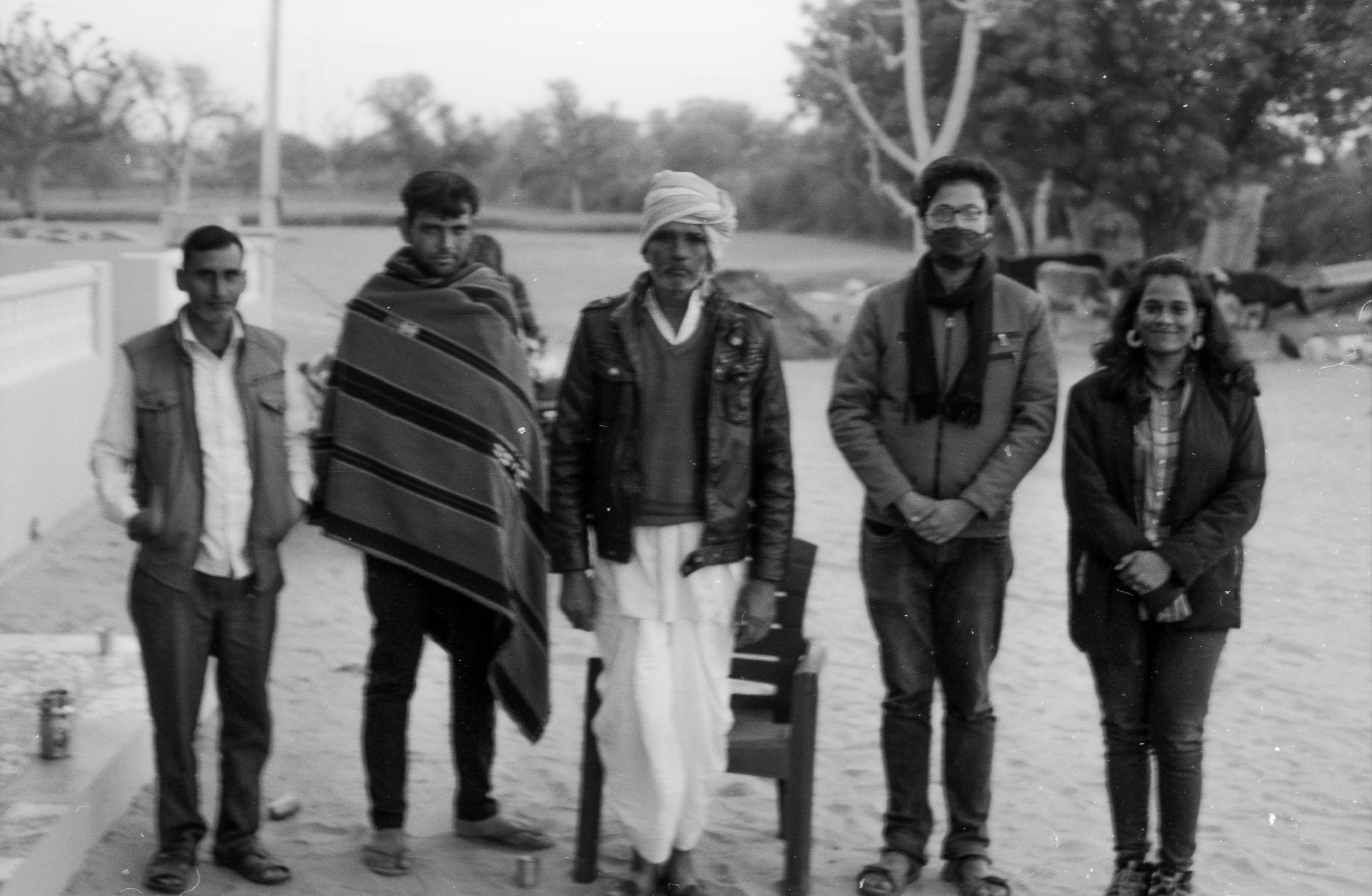
Figure 10: “Why must you ask details about my daughters?”
In fact, my coming-of-age moment came a day after this incident, when having already completing three households for the day (this is quite sufficient for a day’s work given the length of the survey), we decided to outshine and go for the fourth one even though it was dusk and the temperature was in a free fall. This too was a Jat household and had a large landholding of about 100 bighas or 25 acres. The head of the household, pictured in the centre of the above photograph, was returning from his fields carrying a shovel when we entered his homestead. I had to tell Ambika that this time I would lead the interview and she could fill the schedule. Little I knew, this case would be a tough nut to crack, especially for a novice like me. Recall how the schedule starts with basic details of the family members? When I asked about the names, age, marital status, and educational level of his daughters, he suddenly went quiet. Our respondent was a thoughtful man and would speak slowly. In a low voice, he asked, why must we ask about his children? I froze – so far nobody had stopped the interview and I didn’t know what to do for a moment. I mustered some courage and told him in perhaps too many fumbling words that these were basic details we were gathering for every household; that we were not from the government; that we were harmless; that we were Ph.D. students doing research and whatnot. Ambika and my other teammate too tried. All of this in vain. He was persistent and could not understand why we would come all the way from Delhi to know about his children’s details. Finally, I thought to myself, let me give the heart of the matter to him. I said, “Hum padhai karne aaye hai” (We are here to study) and almost instantly, he smiled and asked us to resume the questions. I think somewhere, the parent in him connected with young people of his children’s generation wanting to study, and he welcomed that. He asked us for tea and turned out to be a good respondent with detailed answers. His daughters would pool answers in between. When we finally completed the interview and bid our farewell, I felt a small sense of accomplishment. Since then, 2023 threw more challenging interviews (in my most recent one in Uttar Pradesh’s Greater Noida I was almost beaten up) but somewhere the memory of this engagement instilled confidence in me every time.
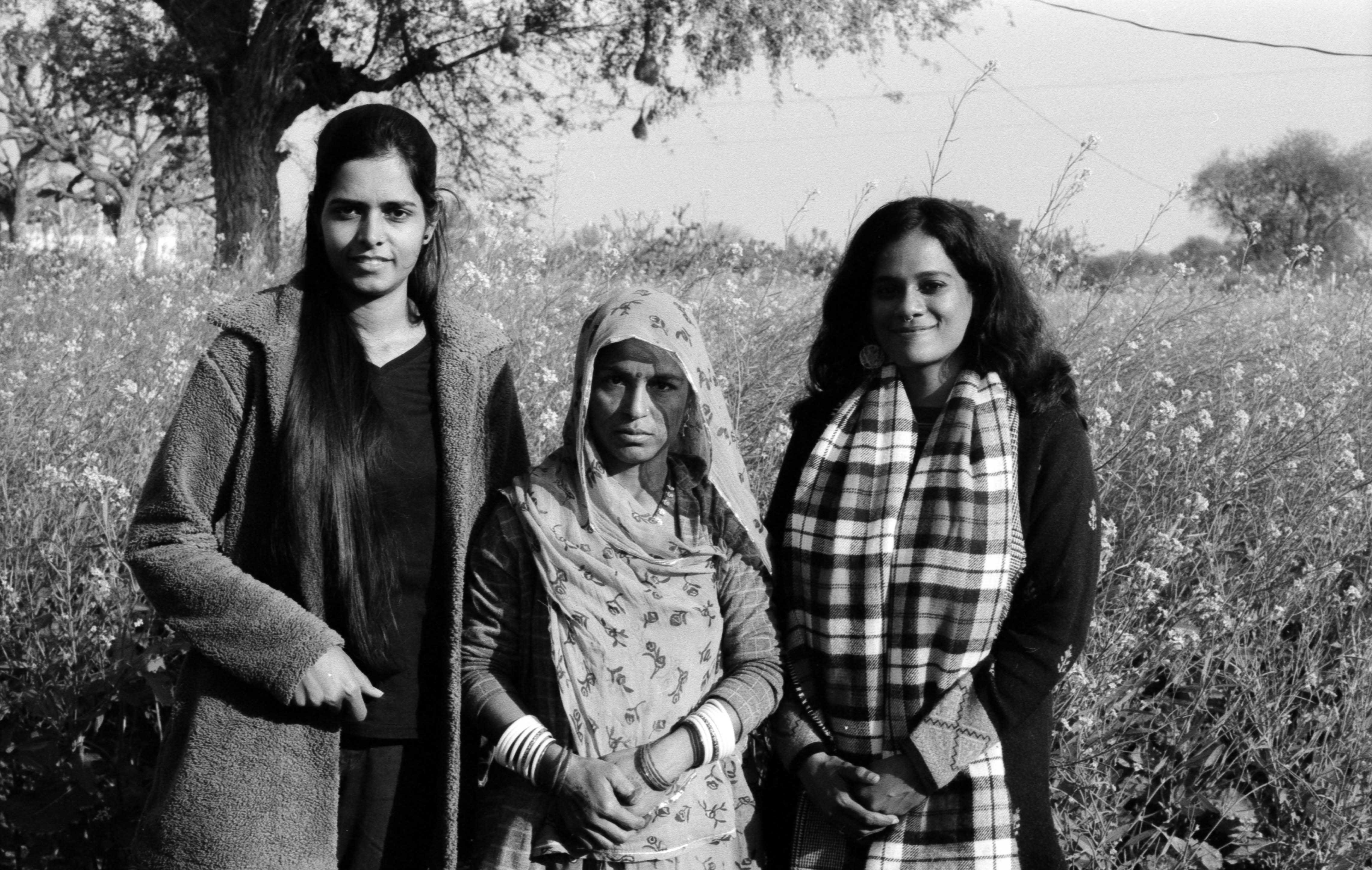
Figure 11: Pushpa and Ambika with a landless respondent.
Women’s work is undervalued or sometimes not valued at all, either monetarily or socially, and this no sane person will deny. But what is astounding is that this ‘normal’ state of looking at gendered labour relations is absolutely absurd when one is placed in rural India. Not to say that in urban areas one can justify why women’s labour is being unaccounted for; rather, the scale of all kinds of work done by women in rural India is so high that it has led some academics to write that there has been an altogether ’feminisation of agriculture or even of agrarian distress’ in the last few decades. That is, with the men migrating out of the village hunting for scarce jobs, it is women (and the elderly and children) who are left to maintain the village – its economy, culture, and life in general. Perhaps, nothing was more evident of this than the fact that my team interviewed more women in the household than men, since the head of the household (almost always men) were simply not home.
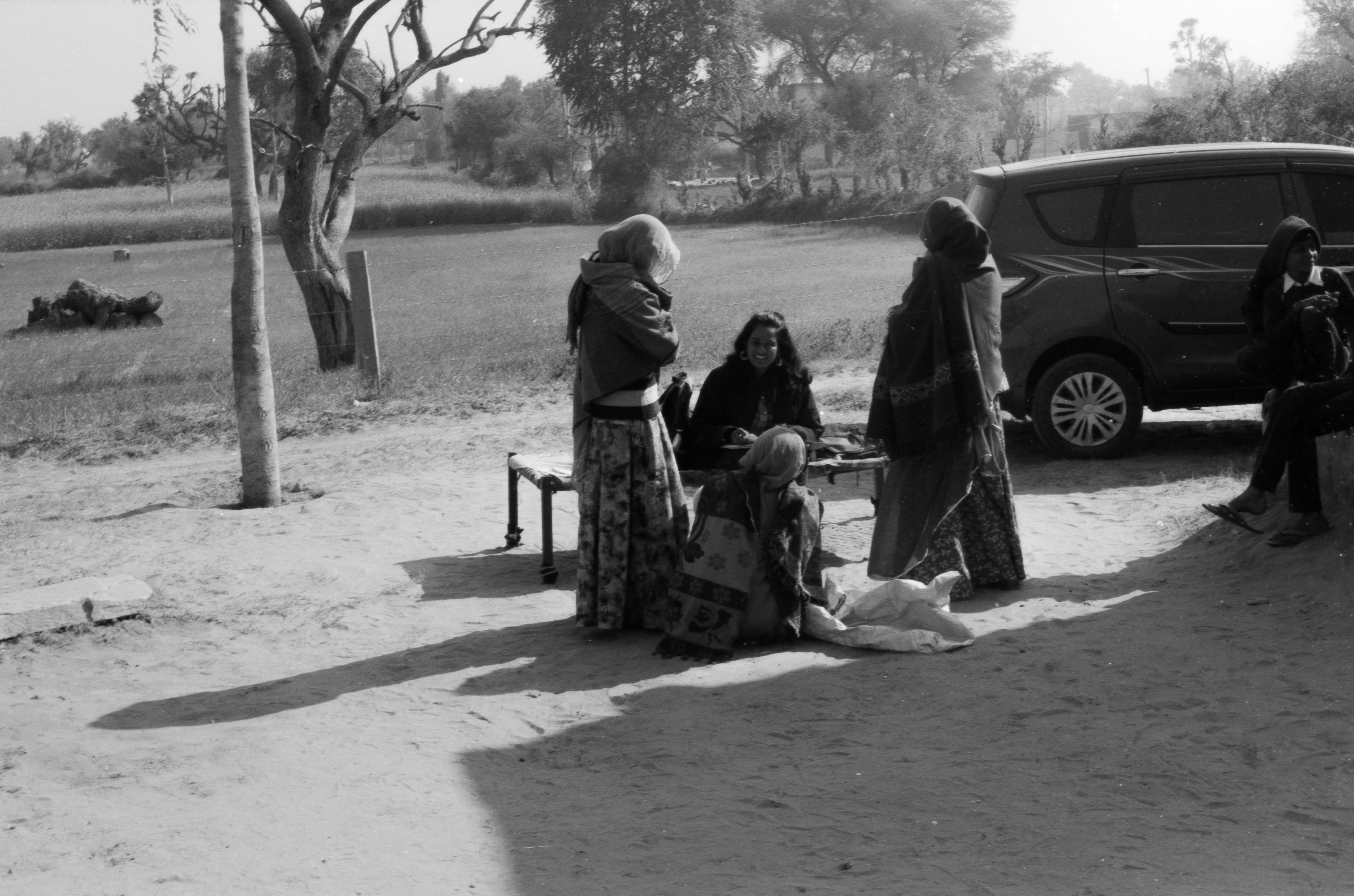
Figure 12: Women of the household surround the enumerator one early morning in Rewasi.
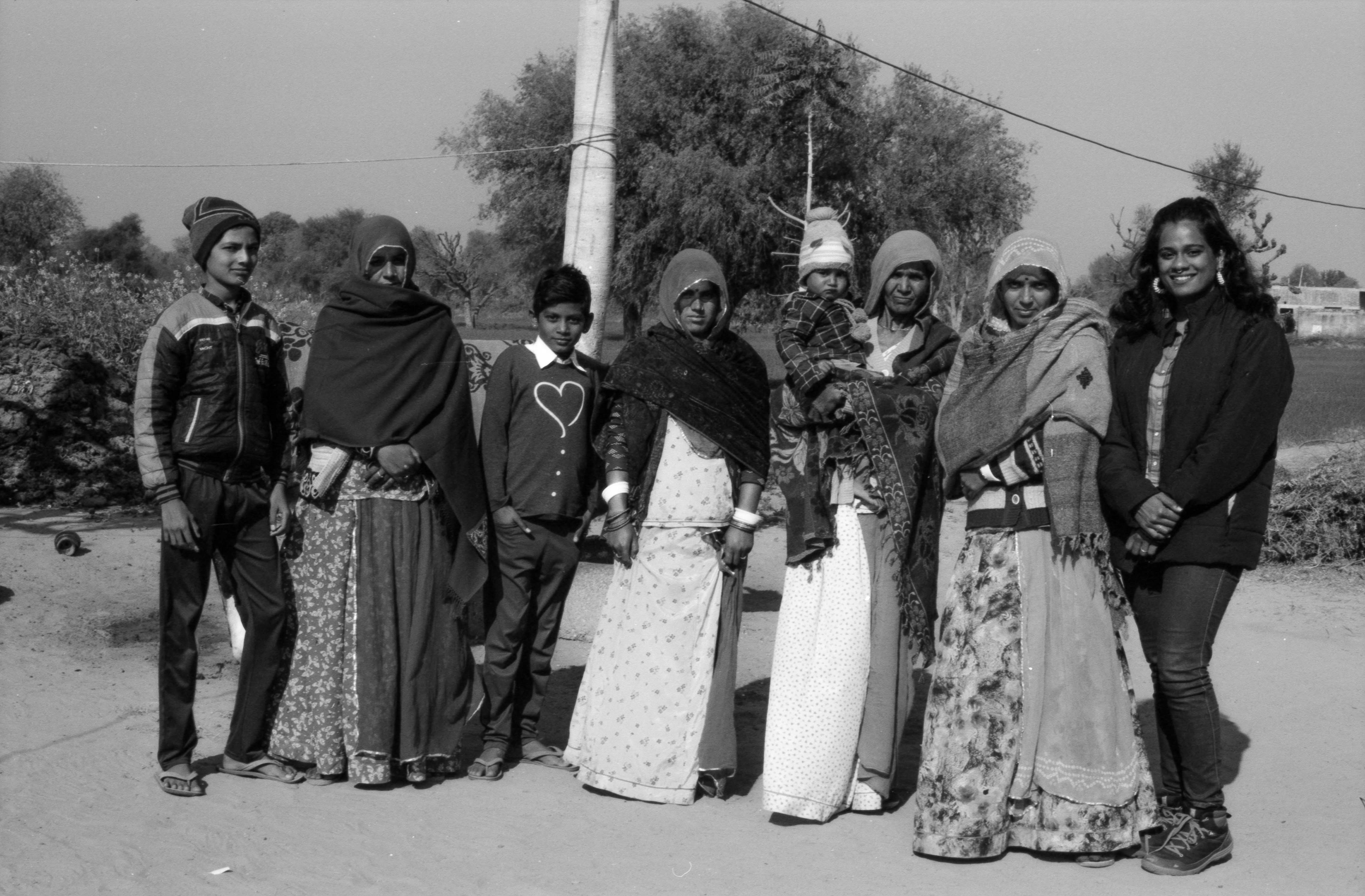
Figure 13: The men of this Rajput household had gone to Qatar for construction work at the Lusail stadium that hosted the FIFA 2023 Football World Cup.
But even in cases there were men at home, they did seem a bit lost when asked about the finer details of agriculture. The survey was formidable not just for us but even for the agriculturist-cum-migrant, who often did not know the variety of seeds being sown or the name of the chemical sprayed on a particular crop. Often the men would ask their spouses if they knew what the correct answer was for a particular question. Many times in between the interview the men would tell us meekly how cultivation was managed mostly by the “family”, a misnomer for the household’s women; that they were working jobs in the city and were only home for the new year holidays. Slowly I realised that, sometimes, the best respondent in the house was not the head of the household. It was the woman, or rather, women – sister-in-laws, grandmother, daughters, cousins living under one roof.
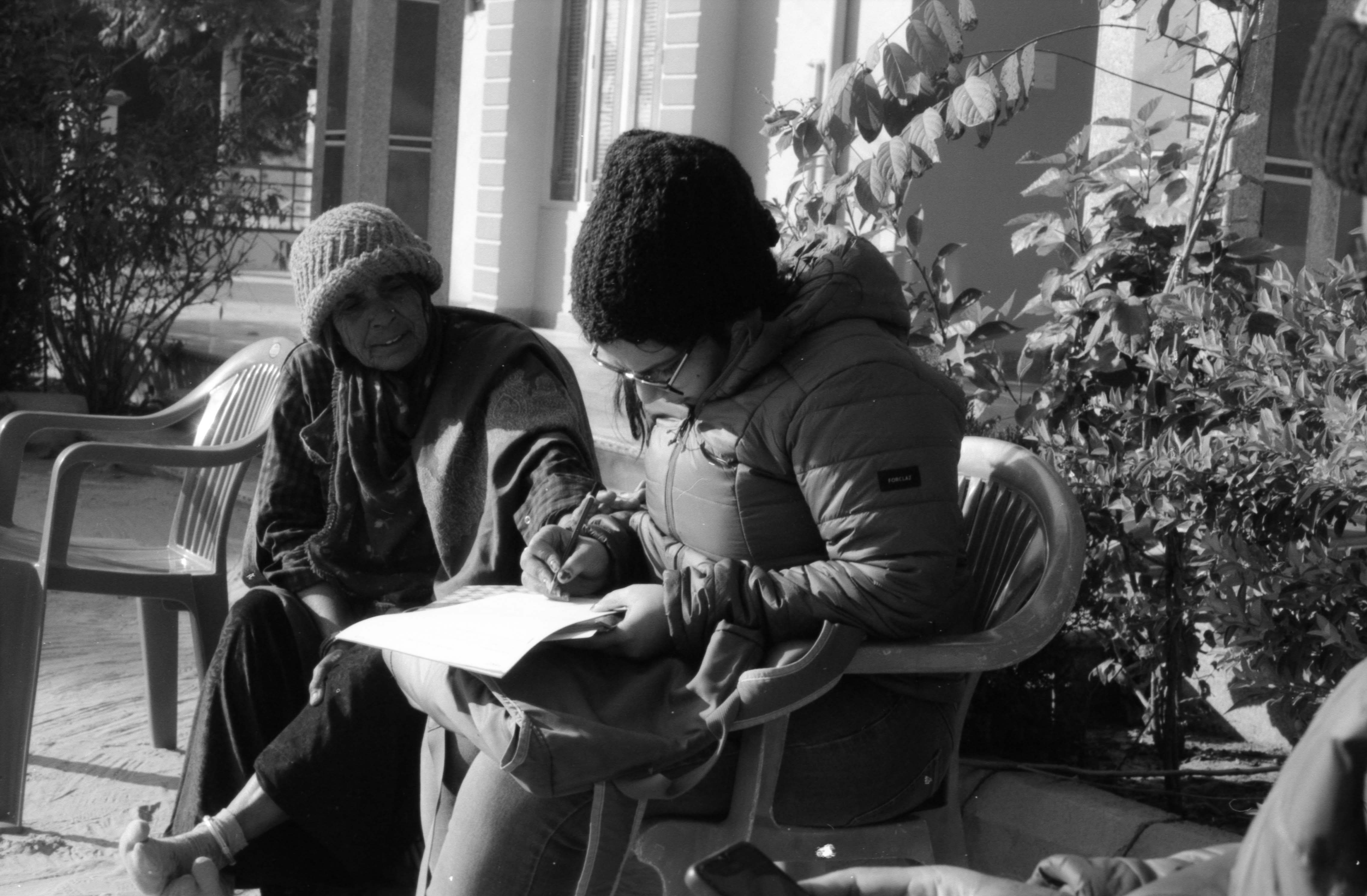
Figure 14: Vaishali (right) interviews an old grandmother since her son was in Delhi at the time.
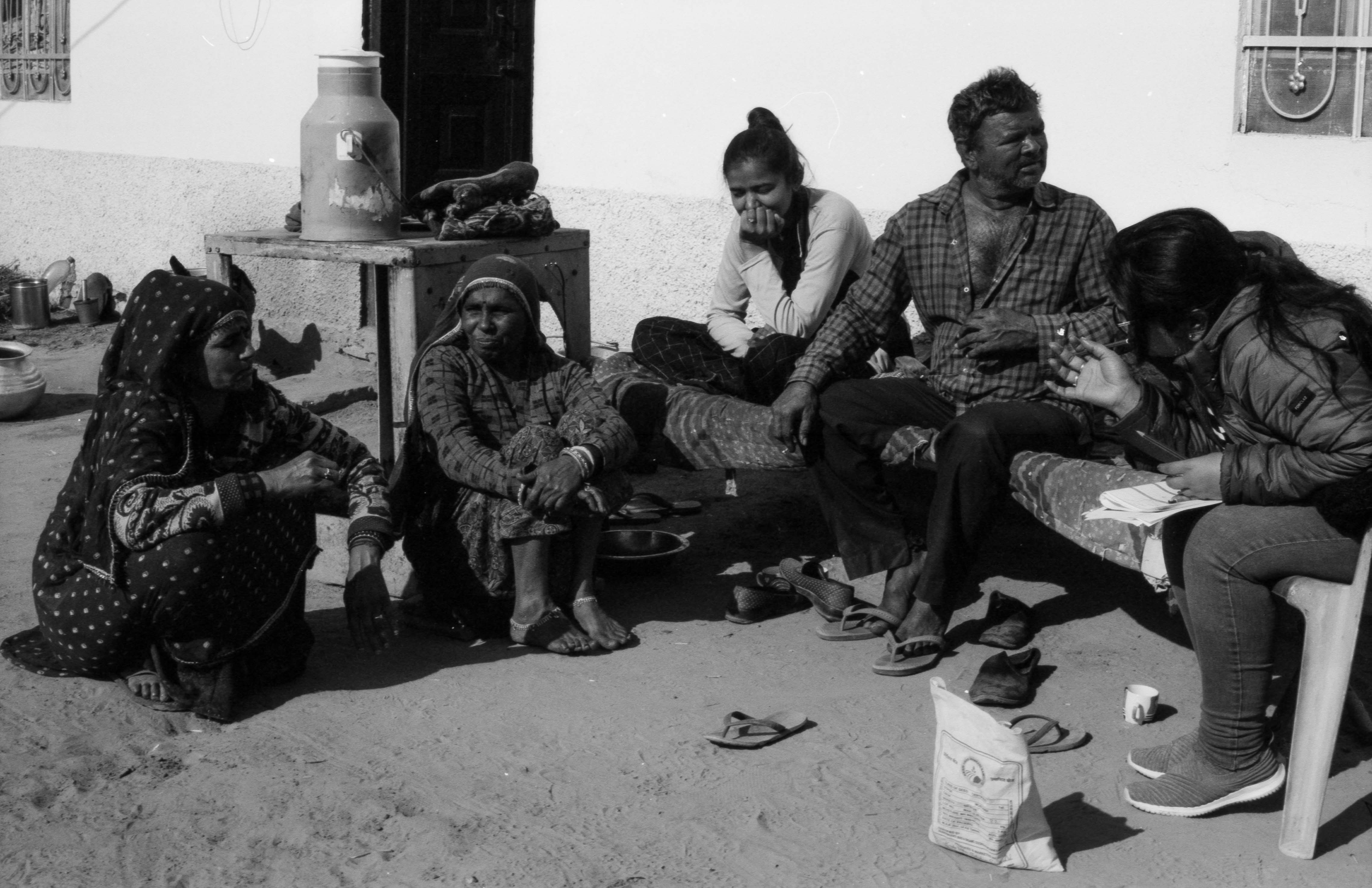
Figure 15: The women here brought the seed bag so we could capture the exact details on the crop variety.
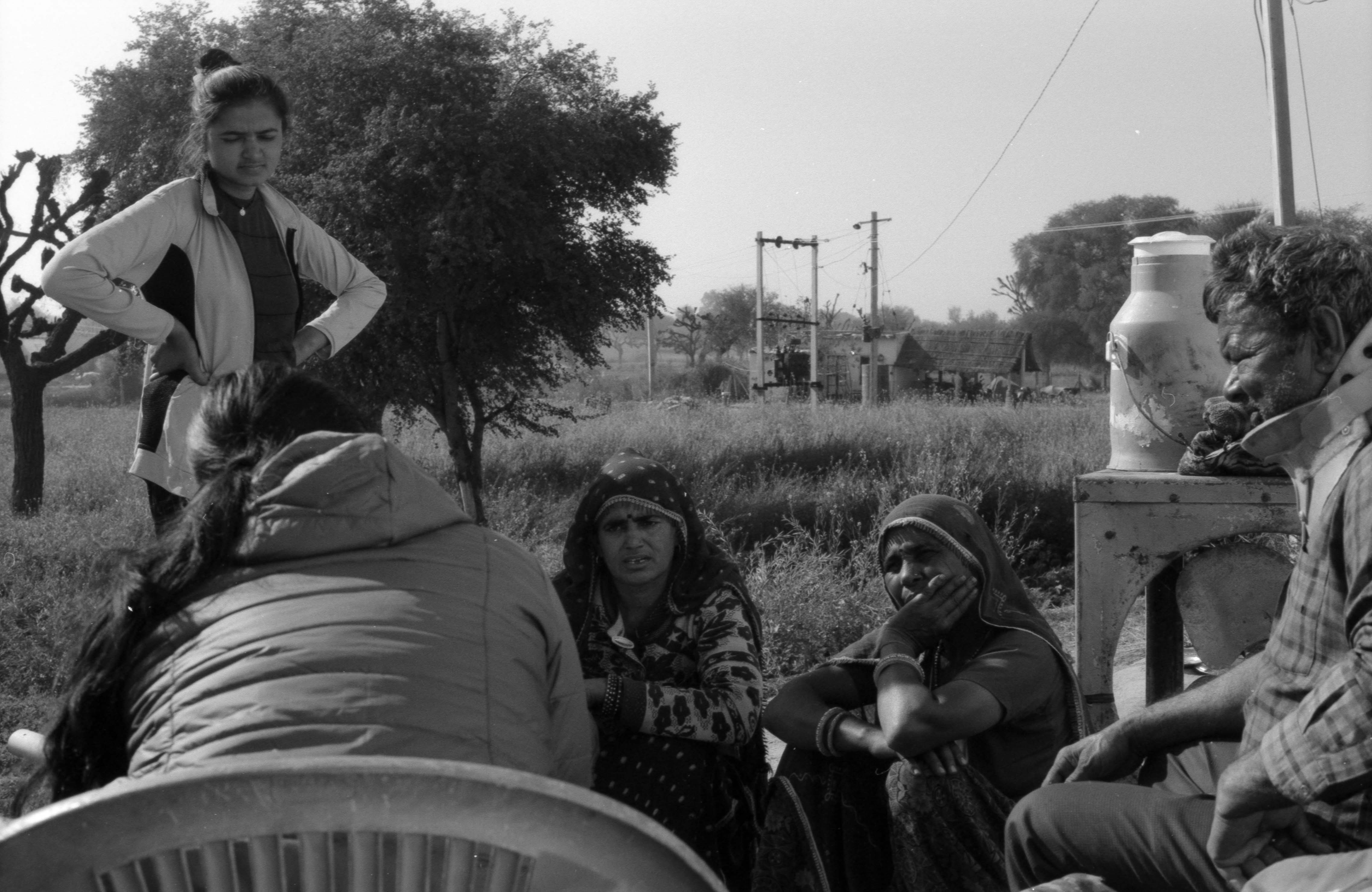
Figure 16: A loud bang could not shatter the level of attentiveness in this picture.
One of the final households surveyed by me was this Meena household, pictured just above. We started the interview with the old head of the household. His young son and daughter-in-law worked in Delhi police, and were therefore away. Soon, his wife and sister-in-law (and her daughter) joined us. And as expected – it was not even that they were interrupting the elderly man – they started slipping in responses, or correcting him for incomplete answers. Soon, everyone at this house’s sandy porch understood that it would help us all to ask questions to the more informed agriculturists. And so Vaishali (the senior-most interviewer in the entire team) turned to the women, and boy, did we fill the questionnaire with a world of details! We made a good bond with this family and right after the interview was finished, they invited us to their fields. Electricity comes in Rewasi two times a day, and farmers have to make most of their irrigation pumps in this narrow window to water their fields. So as they rushed to connect the PVC pipes and turn the motor on, we rushed behind them.
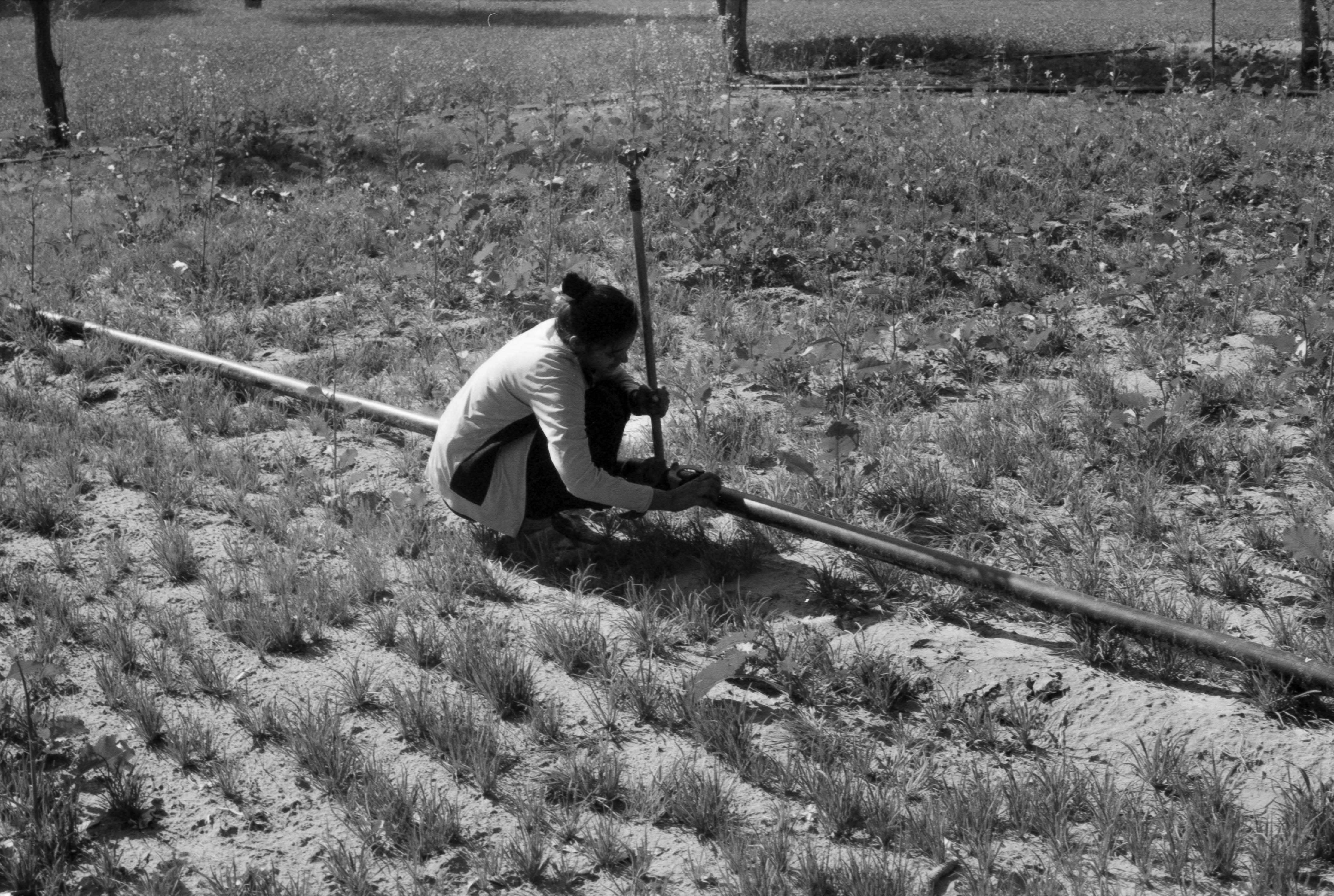
Figure 17: A high-school going girl from the family attaches the water pipe to the irrigation nozzle.
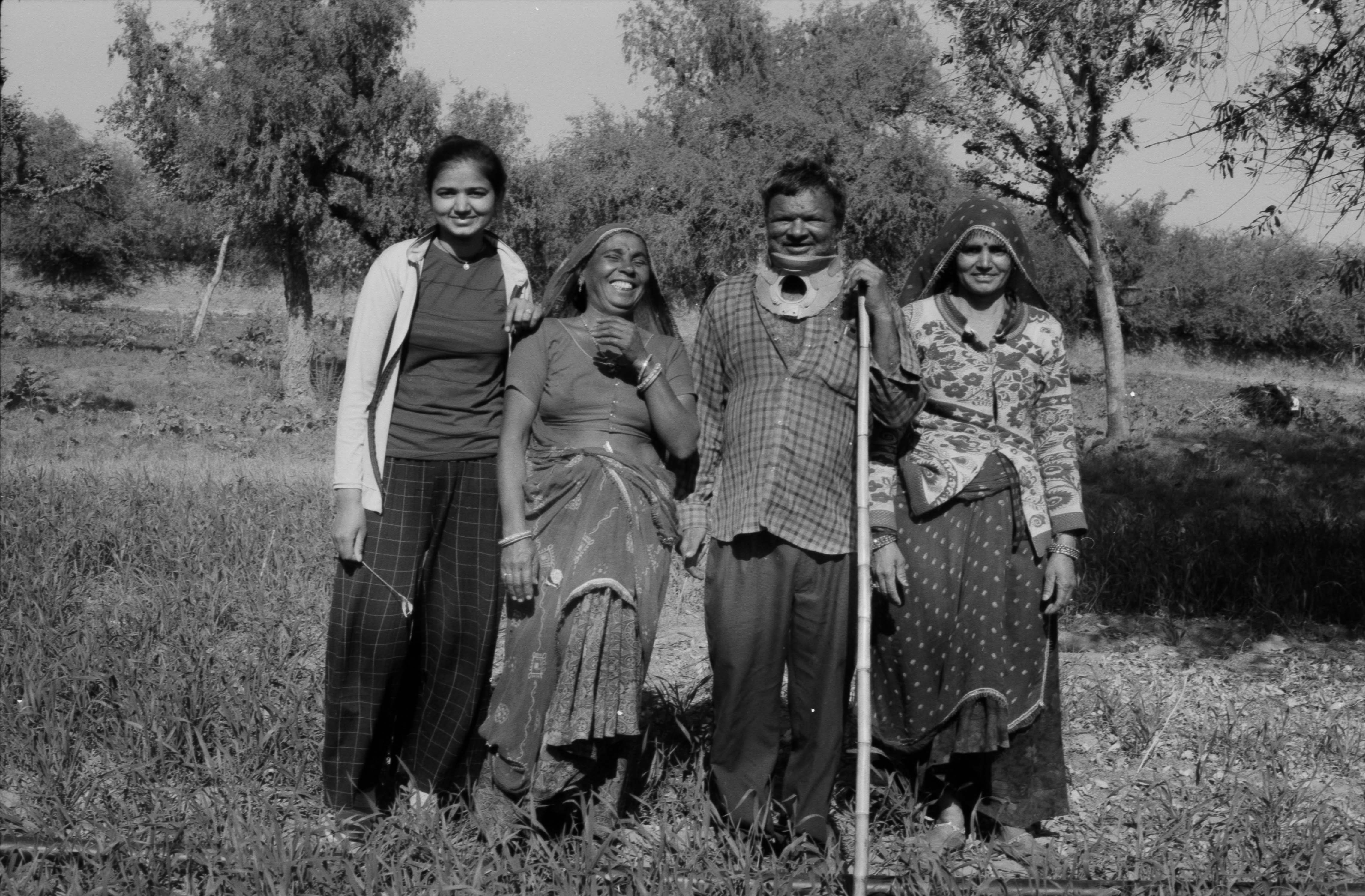
Figure 18: Perhaps, the best photograph I made during the entire survey.
And so we come to a close of this rather long blog post. Perhaps, it is the longest ever for alifein35mm? Anyways, these are trivial matters so I shouldn’t bother with them. Starting my year in Rewasi was the best way I could have entered into 2023, and I am eternally grateful to the warmth shown by the villagers to help me overcome my fear of engaging with people – real people who matter, not the usual coterie of alienated middle-classes I come across in Delhi. I left Rewasi on a cold evening with two of my comrades a week after I arrived, once again on an ordinary Rajasthan Roadways bus. En route, trudging the broken state highway to the Delhi-Jaipur expressway, I thought of all the families I met – the young, the old, the lost men and the struggling but happy women. I will always have them etched on my mind, as time carries on.
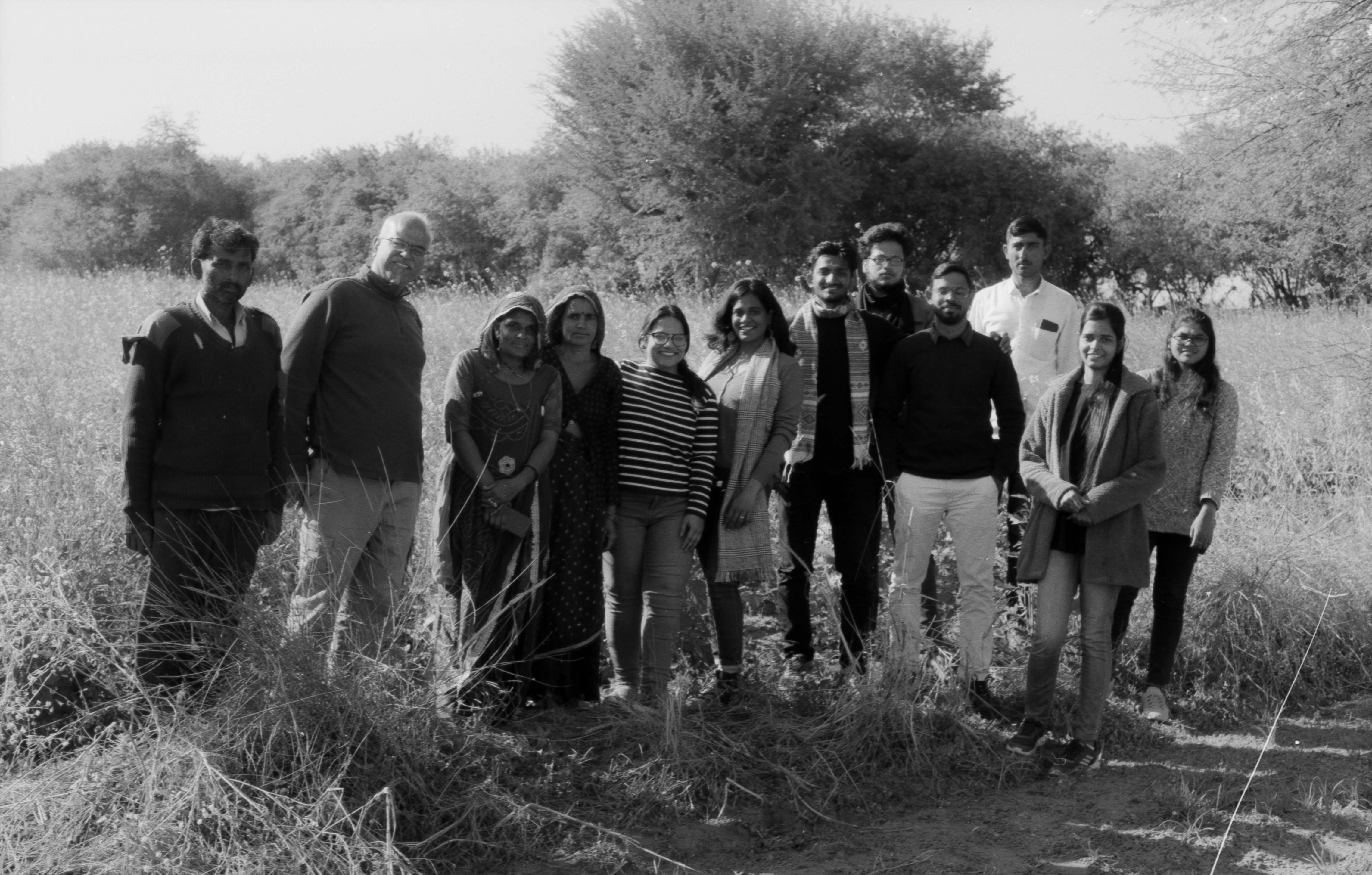
Figure 19: The team!
All photographs were made on a Pentax K1000 on Kodak Double-X (5222) film. I love this machine.
